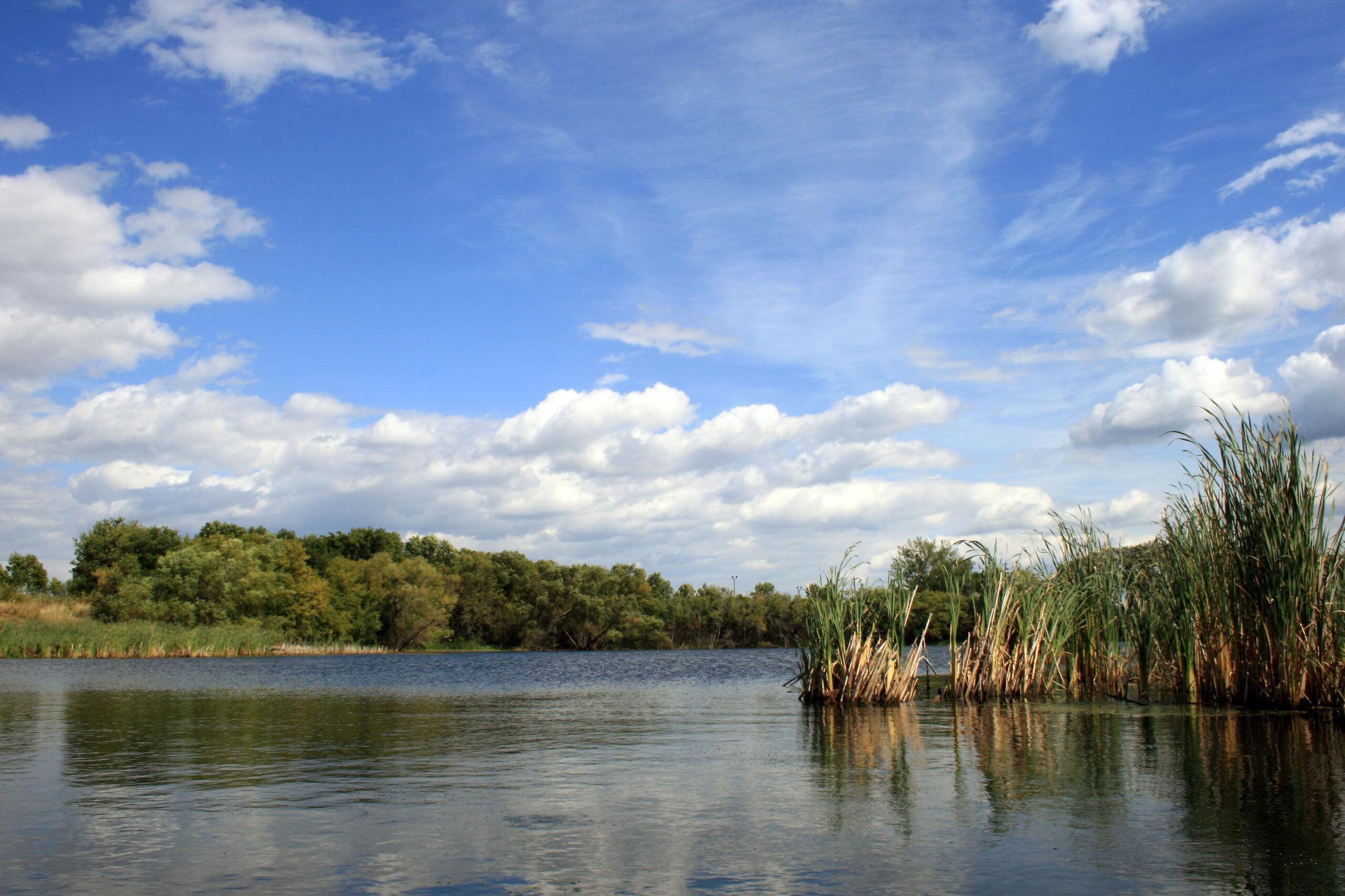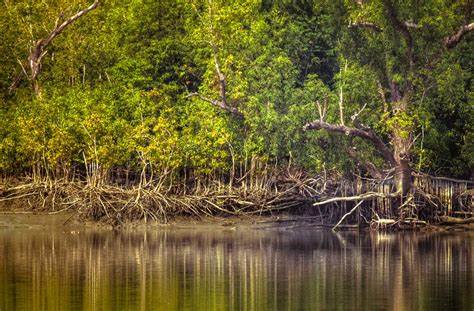5 additional wetlands in India have been granted the International tag tallying up to 54

India has recognized five more wetlands of International significance, taking the total number of wetlands in the region known as the Ramsar list from 49 to 54, as stated by the Union Environment ministry on Tuesday.
Ramsar site is a wetland of International significance which have been placed under the Ramsar Convention, an environmental treaty established by UNESCO in 1971. The treaty was named after the city of ‘Ramsar’ in Iran.

With the new interest developed in the protection and well-being of the environment, five new wetlands in India have been given the importance of wetlands of International recognition as part of the Ramsar convention.
The wetlands are Karikili Bird Sanctuary, Pallikaranai Marsh Reserve Forest, and Pichavaram Mangrove in Tamil Nadu, one in Mizoram (Pala wetland), and Madhya Pradesh (Sakhya Sagar), raising the tally to 54 Ramsar sites in the country.
Bhupender Yadav, the Union Cabinet Minister for Environment, Forest, and Climate Change has taken it to his Twitter handle to make the official announcement acknowledging the efforts of Honorable Prime Minister Narendra Modi. The initiative has led to a marked improvement in how India treats its wetlands.
To know the significance of the Ramsar Convention, one must know the significance of wetlands in the protection of the Environment.
What are wetlands?

Wetlands are unique, productive ecosystem where aquatic and terrestrial ecosystems meet. The wetlands play an integral role in maintaining the natural cycles and supporting biodiversity in the environment. They purify and replenish the aquatic systems, providing good quality rice and the fishes-the staple diet of millions in the world. In addition, they serve as a natural sponge against floods and droughts, protect our coastlines and help cope with climate change. Wetlands are bursting reservoirs of biodiversity and are a reservoir of strong carbon.
In addition, they serve as tremendously productive ecosystems that provide a chain of services.
Their utility is based on providing water-related ecosystem services. They regulate water quantity and groundwater recharge and contribute to controlling floods and the influence of storms. They further help in erosion control and sediment transportation, adding to the resilience of storms and contributing to land formation. These ecosystem services influence the security of the people against natural hazards and climate change adaptation.
Apart from this, wetlands are productive areas for the diverse organisms inhabiting the earth. They constitute a greater species diversity in comparison to the other ecosystems and provide niche specialization than other ecosystems.
In the 21st century when the world is overcoming the threat of food scarcity, lack of fresh water available for all, and pollution and degradation of land, air, and water, wetland holds a key to the future of humanity.
Investigations made by the CBD indicate that the total economic value of 63 million hectares of wetland was estimated to be 3.4 billion USD per year. The wetlands in Asia have the highest economic value at 1.8 billion USD per year.
The figure may be increased if the estimate is cited from the Global wetland areas listed by the Ramsar convention. In this case, the total economic value of the world’s wetlands has been estimated to be 70 billion USD per year based on the functions examined in the report.
India’s Ramsar wetlands are spread over 11,000 sq Km- accounting for 10% of the total wetland area in the country across the 18 states. India’s geographical breadth and tropical diversity can not be compared to other South Asian countries.
India has 19 types of wetlands whereas Gujarat occupies a maximum area followed by Andhra Pradesh, Uttar Pradesh, and West Bengal. The United Kingdom and Mexico being smaller in land area than India have the maximum Ramsar sites.
How will the raising tallies in terms of Ramsar sites help India?
Being marked in the recognition of a Ramsar site does not indicate that the country will receive extra international funds but the States and the capital must ensure that the tracts of land are protected from human encroachment. Acquiring this label will also boost the country’s potential in the tourism sector and its international visibility.
Wetlands in Gujarat and Uttar Pradesh serve as important land of inhabitation for migratory birds. Furthermore, having high est soil-carbon densities the site plays a major role in buffering carbon dioxide emissions.
edited and proofread by Nikita Sharma




